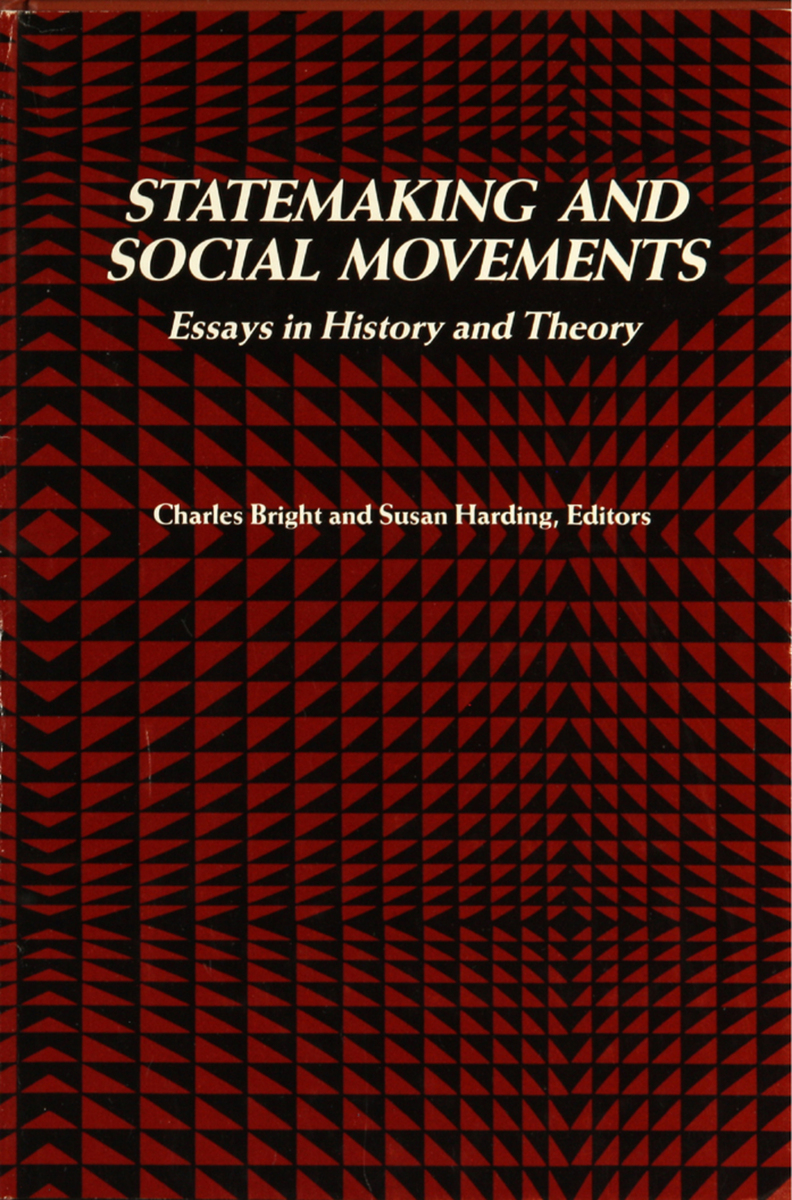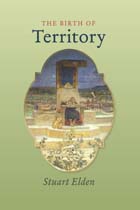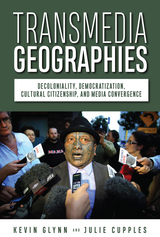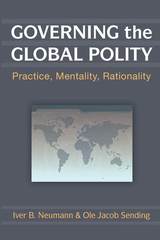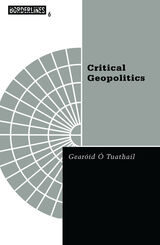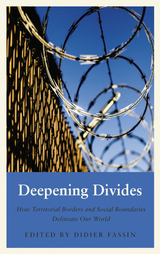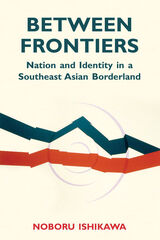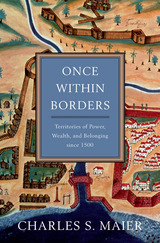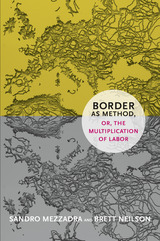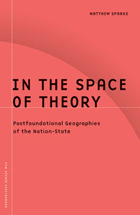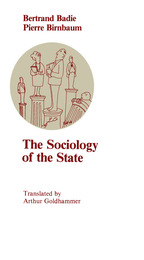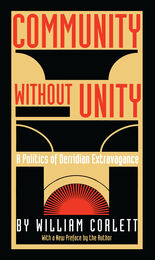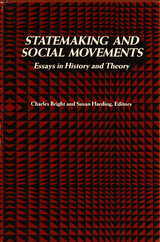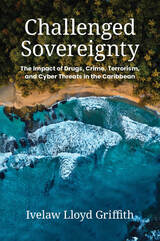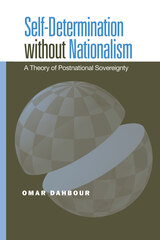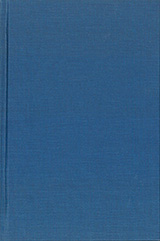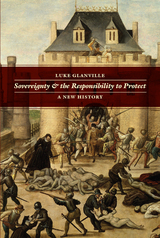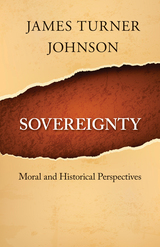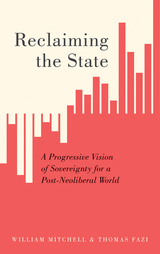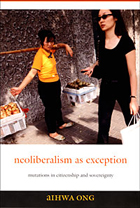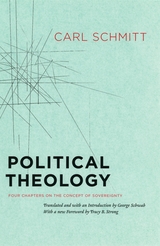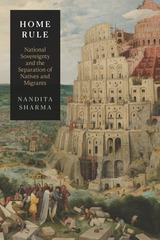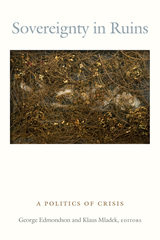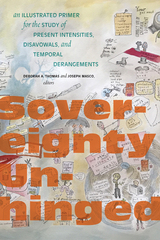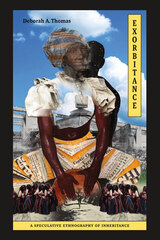Statemaking and Social Movements
University of Michigan Press, 1984
Cloth: 978-0-472-10050-7 | eISBN: 978-0-472-22342-8 (standard)
Library of Congress Classification JC325.S7354 1984
Dewey Decimal Classification 306.2
Cloth: 978-0-472-10050-7 | eISBN: 978-0-472-22342-8 (standard)
Library of Congress Classification JC325.S7354 1984
Dewey Decimal Classification 306.2
ABOUT THIS BOOK | AUTHOR BIOGRAPHY | REQUEST ACCESSIBLE FILE
ABOUT THIS BOOK
Statemaking does not end once states emerge but is a continuous process, argue the contributors to this volume. In their view, states are not static structures that “act upon" society, nor are states simple reflections of economic relations; states are instead highly dynamic structures that are constantly built up, dismantled, and transformed by complex interplays of political, social, and economic processes. This collection of original essays by leading scholars in the fields of history, anthropology, sociology, and economics argues for historically specific theories of states and politics in place of ahistorical models. Case studies range in scope from Aztec Mexico and feudal Europe to Nazi Germany and contemporary America. What emerges from this ground-breaking interdisciplinary dialogue is a historically sensitive way of thinking about states, politics, and social movements and the transformative relationship between states and societies.
See other books on: Bright, Charles | Harding, Susan | Social movements | State, The | Statemaking
See other titles from University of Michigan Press
